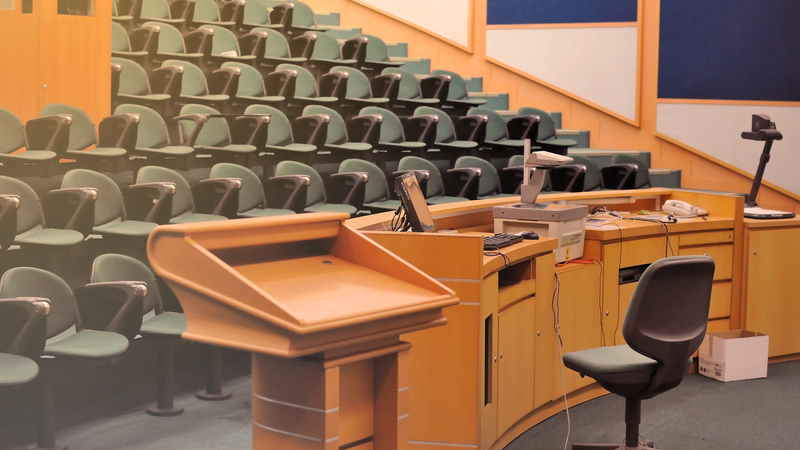
Changing Dynamics in the Education Sector
By: Michelle Young

A recent study has shown that 51.4% of full time Australian staff have continuing employment, 32.1% are on limited term contracts and 16.1% are employed on a casual basis. Given this growing trend towards casualisation, Universities are having to keep one step ahead to ensure top talent is retained, and that high potential casual employees are not lost.
“Universities are continuing to be a booming sector, with hiring managers now actively looking for commercially minded, tech savvy leaders to support their transformations to become completely student-centric and support student demand.” – Michelle Young.
From 2009 to 2014 total staff expenditure across the sector increased by $4.5 billion, a growth rate of 7.4%. Over the same period, student equivalent full-time student load (EFTSL) increased by an annual growth rate of 3.7%. Given staff costs represent the largest expenditure for universities, institutions need to think and act smarter in managing their talent strategies, while balancing it with increasing costs.
So what steps can Universities take to ensure a fool proof talent strategy?
Develop a comprehensive workforce strategy that anticipates the capabilities needed by your university.
Implement technology that can better manage, develop, reward and assess employees in a concise, standardised way.
Increase workforce skills with a focus on commercial acumen for academic and non-academic staff.
Create development plans that engage employee career development, identify high-performing employees and ensure transparent communication to guarantee a transition into a leadership position.
Align leadership behaviours to the university’s strategy (for the whole of the employee life cycle) and improved staff engagement leading to greater service excellence.
“Universities are great places to work. They offer meaningful and challenging roles with good conditions and development opportunities for staff. But universities are also under pressure to meet the changing needs of students, industry and the community. Whether it is building new infrastructure, delivering courses online or offering distinct services, universities need to source expert staff quickly and build internal capability to keep pace with change.” – Brooke Young, Director of Monash Professional Pathways
Attributes vital to the higher education workforce of the future
Agility and flexibility
Ability of a university or individual to quickly adapt to changes in the environment.
Respond quickly to changes in supply of funding and the demand for services.
Alter the workload allocations and duties of their employees at short notice.
Professionalisation
Ensuring the sustained relevance of capability and skill set of the university.
Keeping skills up to date and learning new things in anticipation of, and in response to, new circumstances.
Willingness to be relocated and develop skills that are required for a new position.
Specialisation
Universities will need to differentiate themselves from other higher education offerings, which will require their employees to in turn become more specialised.
Along with being experts in their own field, a university teacher might also specialise in digital learning technologies and online education, or the gathering and analysis of data regarding learning outcomes.
With over 130,000 jobs created and in excess of $20b delivered annually to the national economy, it is no secret that higher education is one of Australia’s fastest growing sectors. To keep up with students’ changing demands, a long term strategic view in managing talent is required. This will ensure this booming sector continues to dominate and deliver positive spin-off effects across the economy and positions Australian Universities’ best in class.
For more information about the tertiary education sector, get in touch with one of our recruitment experts.
Related


How learning and development drives talent retention and growth
In the ongoing quest to attract and retain top talent, organisations are discovering that offering...

6 winning leadership traits you won’t see on a resume
Leaders once ascended to leadership positions in the C-Suite based on their expertise and as a...

 Accessibility
Accessibility